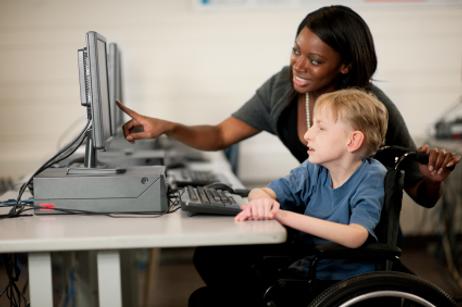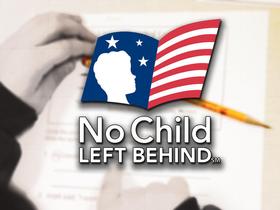While every teacher naturally wants to help students learn and excel, there are inevitably some “favorites” in the classroom. However, based on expert information and educators themselves, parents can be involved and take simple steps to help get on the teacher’s “good side.”
Meet the Teacher
Most schools host “open-house” or “meet the teacher” events at the beginning of any school year or new semester. If your child’s school provides the community with this opportunity, try your best to attend! The open-house invitations allow parents and teachers to interact face-to-face.
This parent-teacher meeting can ameliorate various miscommunication issues down the line. For example, if your child comes home complaining of a teacher’s unfairness or assignment, you can use your own knowledge of the teacher (based on your meeting) to assess if your child’s perceptions are accurate. Upon meeting parents at open-house events, many teachers can clearly outline their classroom procedures, grading policies, and so forth. By becoming aware of these guidelines and the teacher’s personality, you can more clearly assess any future issues that your child may encounter in the teacher’s class.
Establish Communication
If you can meet the teacher at an open-house event, then you’re off to the right start! However, if you cannot attend a meet-the-teacher event, try offering your introduction through another alternative method. For example, email the teacher, introducing yourself in a friendly fashion. Offer your home number or






















